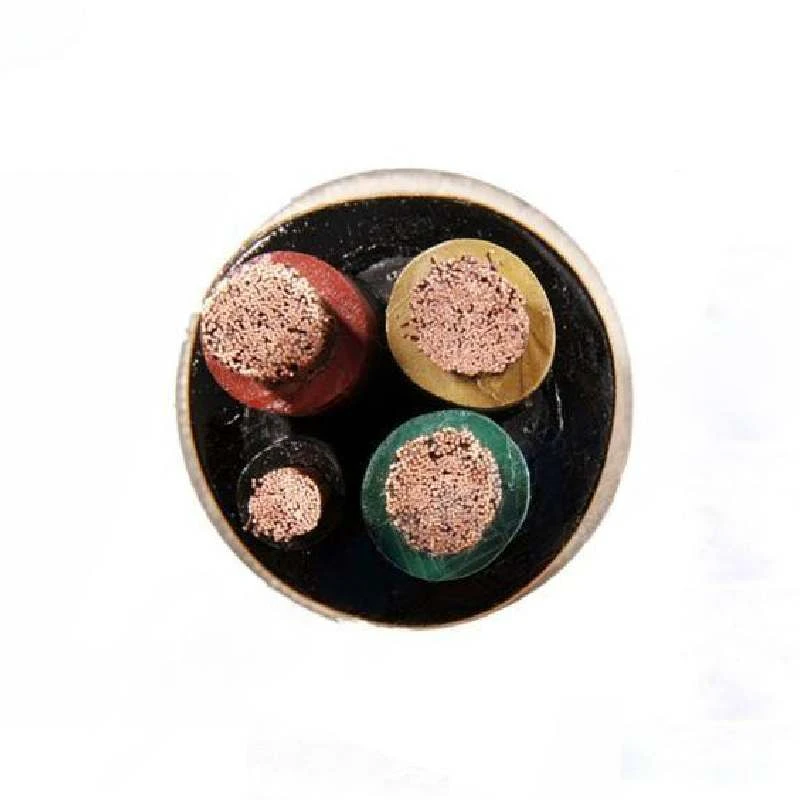Nov . 18, 2024 10:56 Back to list
Foot Valve with Integrated Strainer for Efficient Fluid Control and Protection
Understanding Foot Valves with Strainers An Essential Component in Fluid Systems
Foot valves with strainers are crucial components in various fluid systems, particularly in the fields of water management, irrigation, and industrial applications. These valves integrate two fundamental functions regulating fluid flow and filtering out debris to ensure the system operates efficiently and effectively.
What is a Foot Valve?
A foot valve is a type of check valve installed at the bottom of a suction line. Its primary function is to prevent the backflow of liquid into the source when the pump is turned off. This feature helps maintain the prime in a pump, which is essential for efficient operation. Foot valves are typically matched with a strainer to filter incoming fluids. The combination protects the pump from potential damage caused by debris and contaminants present in the water source.
The Role of the Strainer
A strainer is essentially a mesh screen that traps particles, dirt, and other unwanted substances from entering the fluid system. These unwanted materials can cause wear and tear on pumps, valves, and other system components. By preventing these contaminants from passing through, the strainer ensures that the entire fluid system remains clean and operates smoothly.
The mesh size of the strainer is critical; it should be small enough to filter out harmful debris but large enough to allow adequate flow without causing excessive resistance. The choice of strainer mesh depends on the specific application and the type of fluid being processed.
Applications of Foot Valves with Strainers
Foot valves with strainers find their applications in various areas, including
1. Irrigation Systems In agricultural settings, these valves are widely used to draw water from ponds, rivers, or wells. They help maintain the pump's prime while filtering out weeds, sand, and other debris that could clog irrigation lines.
2. Municipal Water Supply Water treatment facilities employ foot valves with strainers in their intake systems. This setup ensures that only clean water enters the treatment process, reducing maintenance requirements and prolonging the life of the pumps.
foot valve with strainer

4. Fire Fighting Systems These systems often require reliable suction sources for water. The integration of foot valves with strainers ensures a dependable flow of clean water, crucial for firefighting effectiveness.
Advantages of Using Foot Valves with Strainers
The use of foot valves paired with strainers offers several advantages
- Preventing Backflow Foot valves ensure that water does not flow back into the source, preserving the system's efficiency and reliability.
- Protecting Equipment By filtering out debris, these valves protect pumps and other components from damage, reducing maintenance costs and downtime.
- Maintaining Consistent Flow The combination of a foot valve and strainer helps maintain a stable flow, crucial for processes that depend on specific flow rates.
- Enhanced System Longevity With less wear and tear on equipment due to contamination, the overall lifespan of the fluid system is extended.
Conclusion
Foot valves with strainers are indispensable in managing fluid systems across various applications. Their dual function of preventing backflow and filtering contaminants ensures the efficiency and reliability of pumps and related equipment. As industries increasingly prioritize efficiency and sustainability, understanding the importance of these valves remains essential. Whether in agriculture, municipal water supply, industrial applications, or emergency services, foot valves with strainers play a pivotal role in safeguarding equipment and preserving smooth operations. Choosing the right foot valve with an appropriate strainer can significantly impact the performance and longevity of fluid systems, making them a wise investment for any operation.
Share